Japanese Maple Companions – What To Plant With Japanese Maple Trees
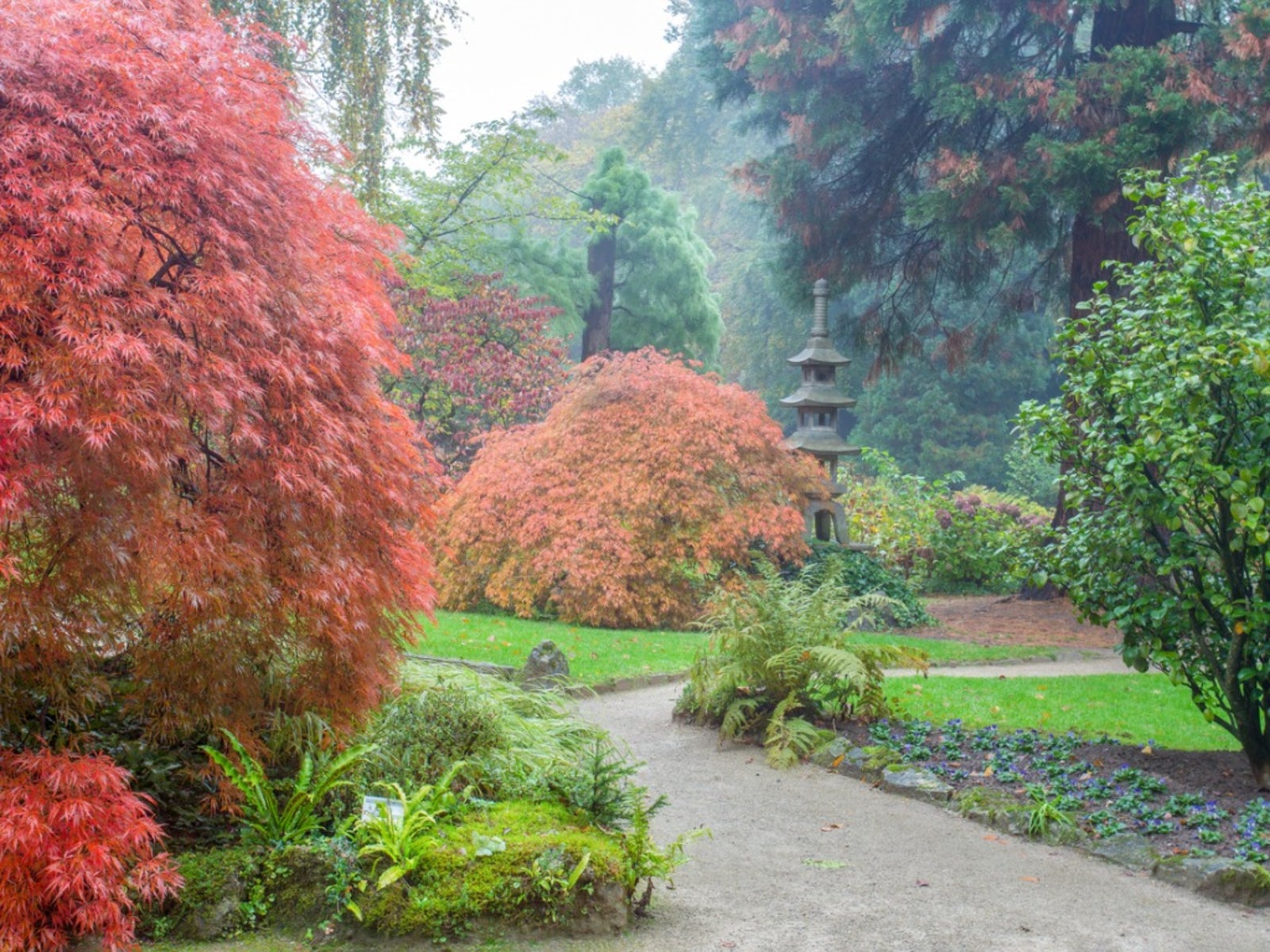

Amy Draiss
Japanese maples (Acer palmatum) are small, easy-care ornamentals with captivating fall color. They add elegance to any garden when planted alone, but Japanese maple companions can further enhance their beauty. If you are looking for companions for Japanese maples, you’ll have many choices. Read on for some ideas of what to plant with Japanese maple trees.
Planting Next to Japanese Maples
Japanese maples thrive in USDA plant hardiness zones 5 through 9. They prefer acidic soil. When you are trying to select candidates for planting next to Japanese maples, only consider plants with the same growing requirements. Plants that love acid soils can be good Japanese maple companions.
You might consider planting begonias, rhododendrons, or gardenias. Begonia cultivars grow happily in USDA zones 6 through 11, producing large blossoms in a vast array of colors. Gardenias will grow in zones 8 through 10, offering deep green foliage and fragrant flowers. With rhododendrons, you have thousands of species and cultivars to choose among.
What to Plant with Japanese Maple Trees
One idea for companions for Japanese maples is other trees. You might mix different kinds of the Japanese maple that have different shapes and offer different foliage hues. For instance, try mixing Acer palmatum, Acer palmatum var. dissectum, and Acer japonicum to create a lush and attractive garden in summer and a lovely autumn display.
You might also consider selecting other types of trees, perhaps trees that offer contrasting color patterns to the Japanese maple. One to consider: dogwood trees. These small trees remain attractive all year long with spring blossoms, gorgeous foliage, and interesting winter silhouettes. Various conifers can help create a nice contrast when blended in with Japanese maples too.
What about other companions for Japanese maples? If you don’t want to distract from the beauty of the Japanese maple, you can select simple groundcover plants as Japanese maple companions. Evergreen groundcovers add color to the garden corner in winter, when the maple has lost its leaves.
Groundcover plants don’t have to be inconspicuous. Try purple sheep’s burr (Acaena inermis 'Purpurea') for dramatic groundcover. It grows to 6 inches (15 cm.) tall and offers brilliant purple foliage. For year-round groundcover beauty, select plants that grow well in shade. These include low-to-the-ground plants like mosses, ferns, and asters.
Gardening tips, videos, info and more delivered right to your inbox!
Sign up for the Gardening Know How newsletter today and receive a free copy of our e-book "How to Grow Delicious Tomatoes".

Teo Spengler is a master gardener and a docent at the San Francisco Botanical Garden, where she hosts public tours. She has studied horticulture and written about nature, trees, plants, and gardening for more than two decades. Her extended family includes some 30 houseplants and hundreds of outdoor plants, including 250 trees, which are her main passion. Spengler currently splits her life between San Francisco and the French Basque Country, though she was raised in Alaska, giving her experience of gardening in a range of climates.
- Amy DraissDigital Community Manager
-
 Looking For Plants To Give You The Soft And Fuzzies? Try These 5 Fuzzy Leaf Plant Options
Looking For Plants To Give You The Soft And Fuzzies? Try These 5 Fuzzy Leaf Plant OptionsLovers of texture, drama, silver foliage and tactile plants will adore these special sensory garden additions. These fuzzy leaf plant options will leave you all aglow
By Susan Albert
-
 Get Ready For A Summer Of Hummers! Grow These Full Sun Hummingbird Plants and Flowers
Get Ready For A Summer Of Hummers! Grow These Full Sun Hummingbird Plants and FlowersIf you’re lucky enough to enjoy a sunny backyard, make sure you are maxing out on your pollinator opportunities and grow these full sun hummingbird plants and flowers
By Tonya Barnett
-
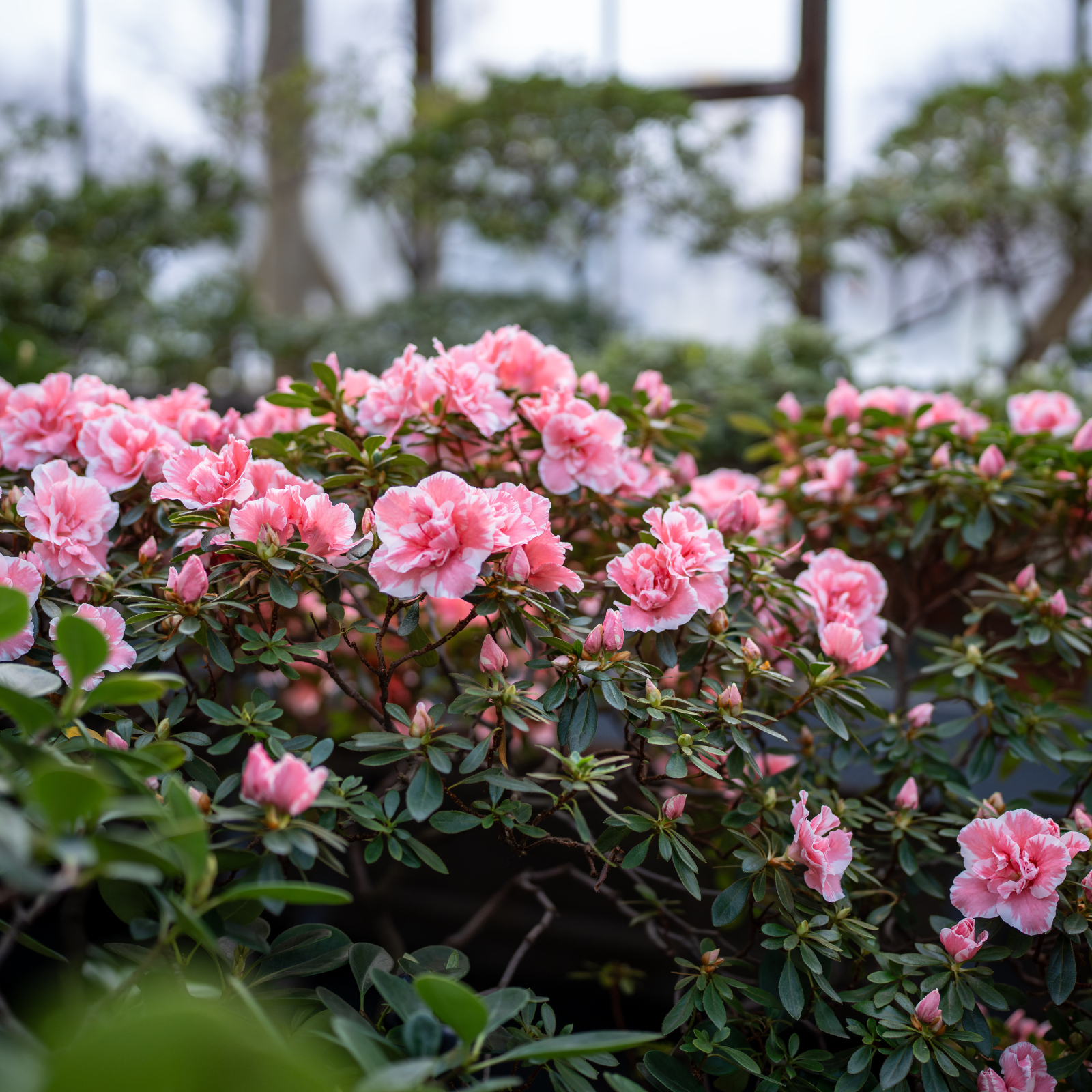 What Is The Size Of An Azalea? Explore Different Varieties That Will Suit Every Garden
What Is The Size Of An Azalea? Explore Different Varieties That Will Suit Every GardenThe size of azaleas can vary widely because they have been selectively bred for different landscape needs. Check out our picks for each size category.
By Mary Ellen Ellis
-
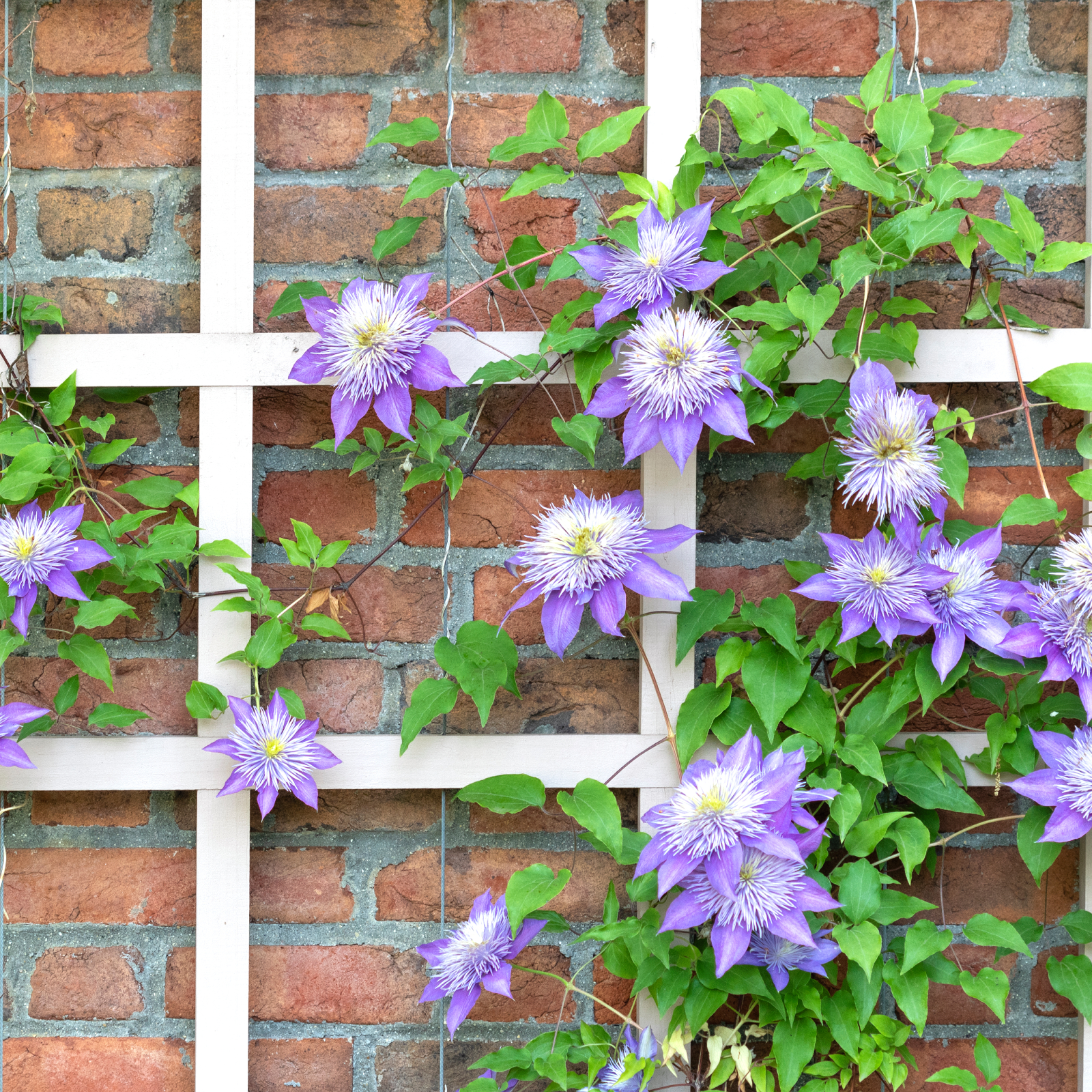 5 Fabulous Fast-Growing Vines – That Will Quickly Climb Any Arbor, Trellis, Or Fence
5 Fabulous Fast-Growing Vines – That Will Quickly Climb Any Arbor, Trellis, Or FenceThese fast growing vines are perfect for covering any eyesores in your yard or creating a living fence. They will provide great visual interest, as well.
By Amy Grant
-
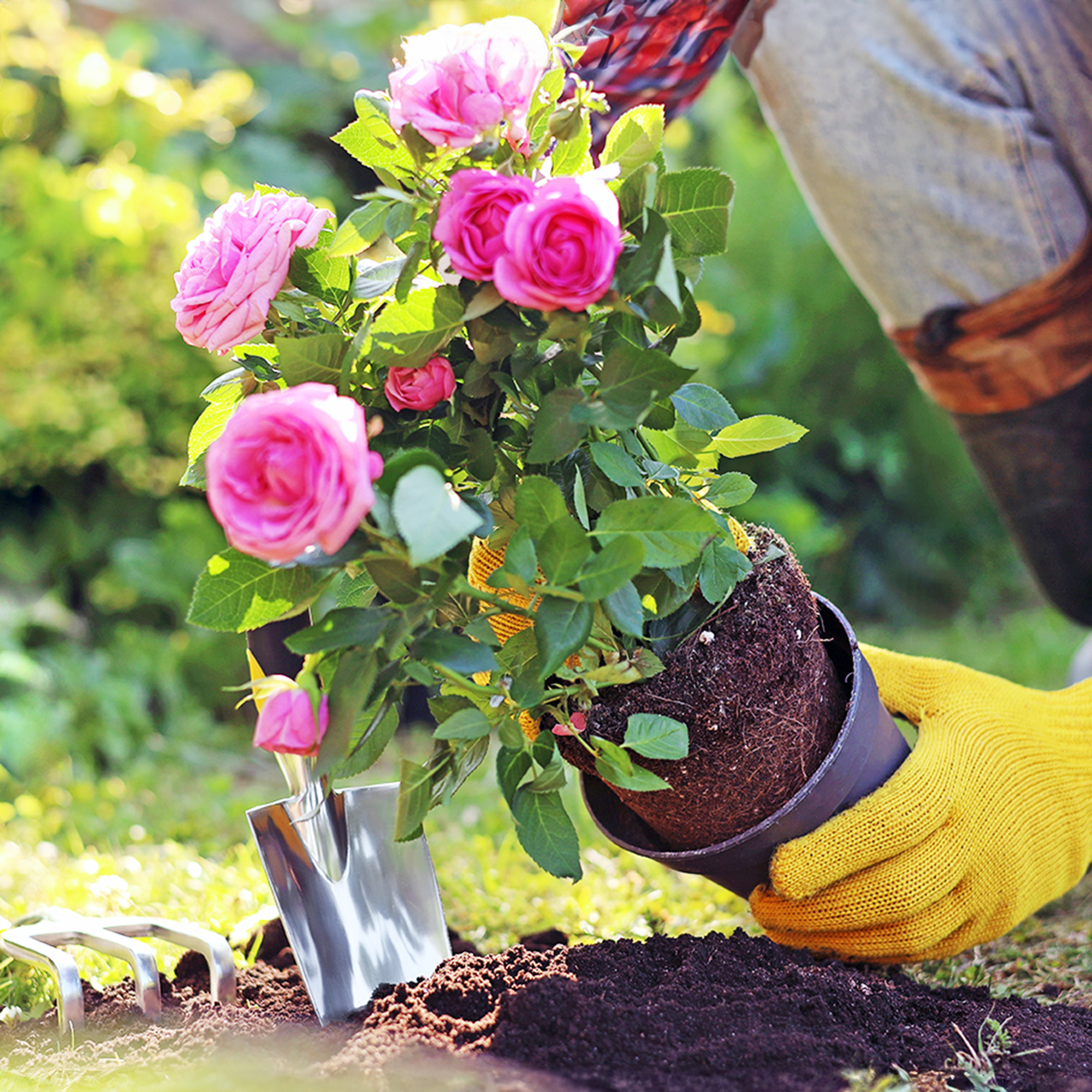 When To Plant Roses: The Best Time For Your Climate And Rose Type
When To Plant Roses: The Best Time For Your Climate And Rose TypePlant your roses at the right time and you will be rewarded with decades of glorious summer flowers – but get it wrong and you'll be crying over dead shrubs.
By Teo Spengler
-
 Spectacular Early Blooming Shrubs: 6 Sparkling Spring Flowering Bushes
Spectacular Early Blooming Shrubs: 6 Sparkling Spring Flowering BushesWant to kickstart your gardening year with dazzling spring flowering bushes for beds and borders? These unique early bloomers are sure to help you rise and shine!
By Teo Spengler
-
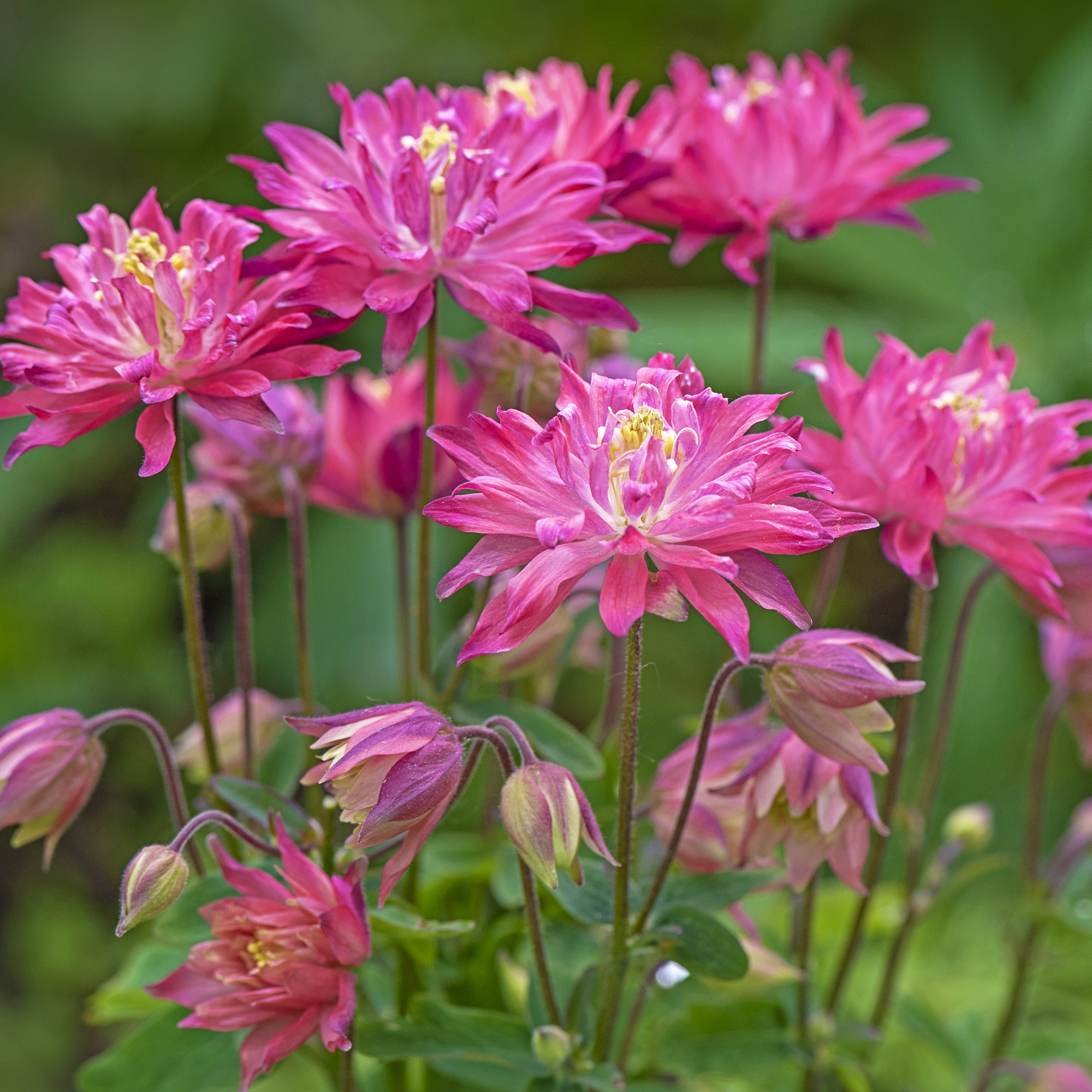 7 Shade-Loving Flowers To Start From Seed Now For A Stunning Summer Garden
7 Shade-Loving Flowers To Start From Seed Now For A Stunning Summer GardenTurn shady spots into vibrant new garden spaces with lovely and illuminating shade-loving flowers.
By Ellen Wells
-
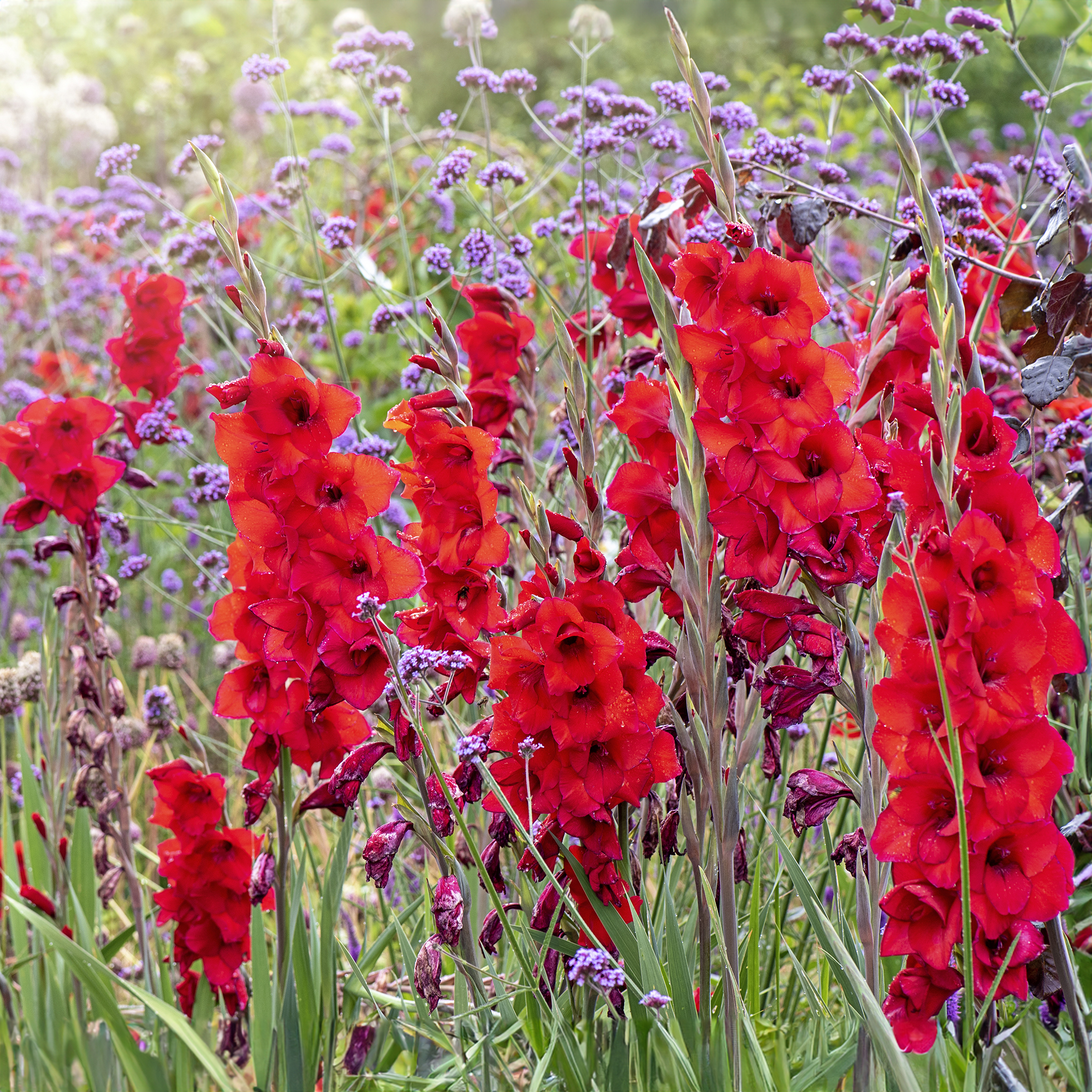 7 Summer-Blooming Bulbs To Plant In Early Spring: Don't Miss Months Of Glorious Flowers!
7 Summer-Blooming Bulbs To Plant In Early Spring: Don't Miss Months Of Glorious Flowers!Get a head start on stunning summer blooms with these easy-to-plant bulbs – act early and you will enjoy vibrant flowers that last for months on end.
By Mary Ellen Ellis
-
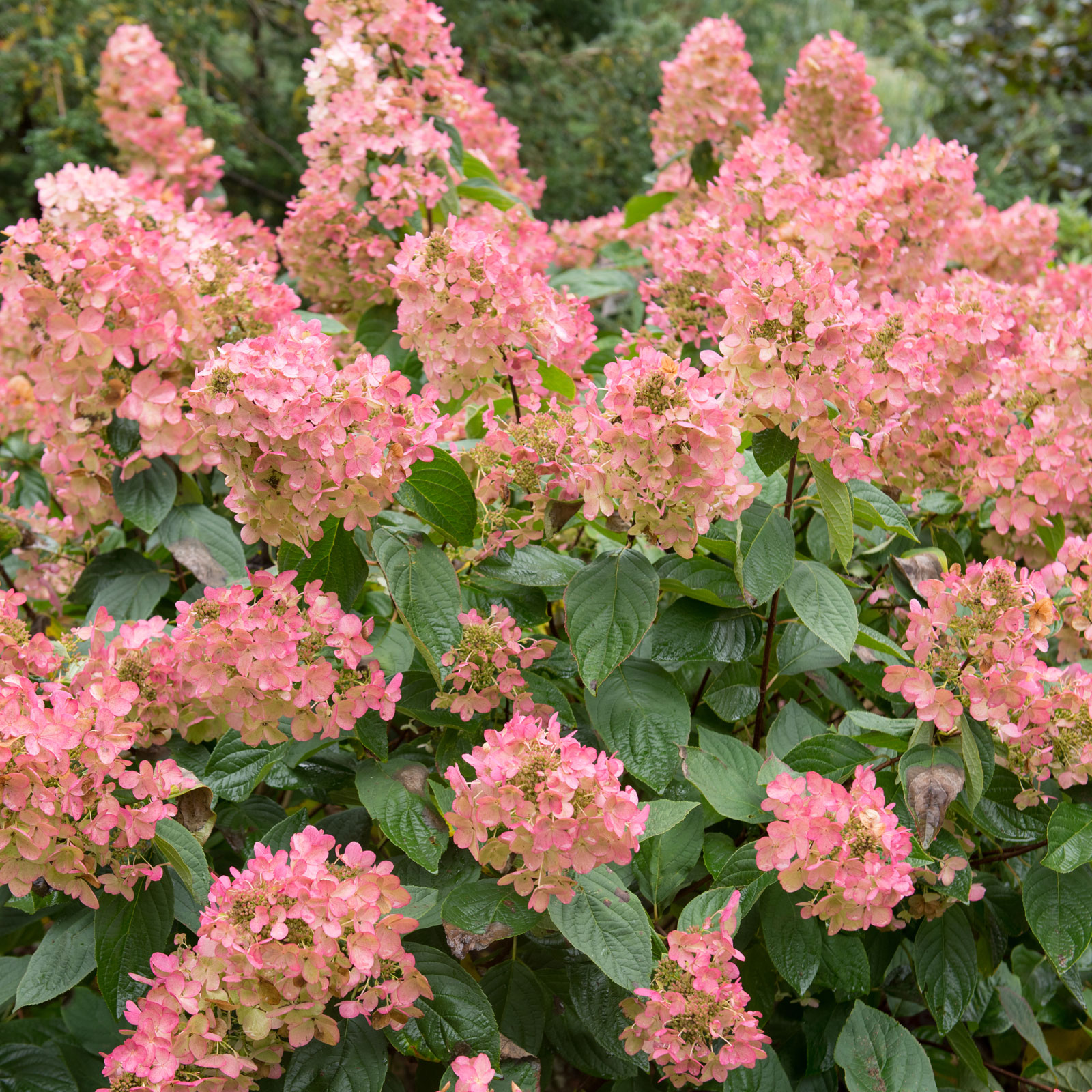 Quick Fire Hydrangea – The Elegant, Easy-Care Shrub Every Gardener Needs In Their Landscape
Quick Fire Hydrangea – The Elegant, Easy-Care Shrub Every Gardener Needs In Their LandscapeIf you’re after an early flowering panicle hydrangea that offers plenty of floral variety, the Quick Fire hydrangea goes big on visual dynamics from early summer to fall
By Tonya Barnett
-
 8 Rare Orchids That Make Stunning Houseplants – Some Are Surprisingly Easy To Grow
8 Rare Orchids That Make Stunning Houseplants – Some Are Surprisingly Easy To GrowDiscover unique orchids that will add exotic beauty to your home. Some make easygoing houseplants, while others offer a challenge for more seasoned growers.
By Melanie Griffiths